Tool holders play an integral role across various industries, offering essential stability, precision, and support for tools, equipment, and workpieces. Whether utilized in machining, electronics, medical devices, or construction, the choice of material for these holders is a critical factor that directly influences their performance, longevity, and adaptability to environmental conditions. This guide provides a detailed examination of the most commonly used materials for industrial machining tool holders, including alloy steel, stainless steel, carbon steel, tungsten steel, and tool steel. By understanding the properties, advantages, and limitations of each material, users can make informed decisions to optimize both performance and cost efficiency.
1. Alloy Steel: Balancing Strength and Toughness
Overview
Alloy steel is a versatile material, characterized by the addition of elements such as chromium, nickel, molybdenum, and vanadium. These alloying elements enhance the steel’s mechanical properties, particularly its strength, toughness, and resistance to wear and fatigue.
Historical Context
The advent of alloy steel in the early 20th century was driven by the growing industrial demand for materials that could withstand higher levels of stress and wear. It was developed to meet the needs of industries that required robust tools and components for increasingly complex machinery and infrastructure.
Industrial Applications and Benefits
Alloy steel is predominantly used in scenarios where high strength and durability are paramount, such as in tool holders and mechanical parts subjected to heavy loads or constant wear. Its enhanced heat resistance also makes it a prime choice for applications in high-temperature environments.
-
Advantages:
- High strength and toughness
- Excellent resistance to wear and fatigue
- Superior heat resistance compared to carbon steels
-
Disadvantages:
- Higher cost compared to carbon steel
- Increased difficulty in machining due to hardness
Use Cases
Alloy steel holders are frequently employed in heavy-duty machining operations, including cutting tool holders and fixtures used in CNC (Computer Numerical Control) machining processes, where precise and reliable performance is required under stress.
2. Stainless Steel: The Pinnacle of Corrosion Resistance
Overview
Stainless steel, an iron alloy containing at least 10.5% chromium, is renowned for its exceptional corrosion resistance. The chromium forms a passive oxide layer on the steel’s surface, preventing rust and oxidation in a variety of environments.
Historical Context
Stainless steel was first developed by metallurgist Harry Brearley in 1913 during his work on creating erosion-resistant materials for gun barrels. Its corrosion-resistant properties quickly became valued in numerous industrial applications, transforming its use across many sectors.
Industrial Applications and Benefits
Stainless steel is ideal for use in industries where exposure to moisture, chemicals, or corrosive environments is frequent. It is particularly valued in the medical, food processing, and marine industries.
-
Advantages:
- Excellent corrosion resistance
- Strong and durable
- High-temperature resistance, particularly in 316-grade stainless steel
-
Disadvantages:
- More expensive than both carbon and alloy steels
- Reduced machinability, making manufacturing more challenging
Use Cases
Holders made from stainless steel are commonly found in medical instruments, food processing equipment, and chemical processing systems. In these environments, the material’s ability to resist moisture and harsh chemicals is essential to maintaining performance and longevity.
3. Carbon Steel: Affordable and Adaptable
Overview
Carbon steel is a fundamental form of steel, primarily composed of iron and carbon. Its properties vary depending on the carbon content, which determines the steel's hardness and ductility. Carbon steel is classified into three main types: low, medium, and high carbon steel, each with distinct characteristics.
Low Carbon Steel (Mild Steel)
Composition: 0.05% to 0.25% carbon
Applications: Used in general-purpose holders where strength is not the primary requirement, but ductility and ease of machining are crucial.
-
Advantages:
- Inexpensive and widely available
- Easy to machine, weld, and form
- Good ductility and toughness
-
Disadvantages:
- Lower strength and hardness than higher carbon steels
- Susceptible to corrosion without protective treatments
Use Cases: Low carbon steel is widely used in structural holders, brackets, and fixtures for light industrial applications and construction.
High Carbon Steel
Composition: 0.6% to 1.5% carbon
Applications: High carbon steel is used where high hardness and wear resistance are required, such as in tool holders and components subjected to frequent or intense use.
-
Advantages:
- High hardness and tensile strength
- Good wear resistance
-
Disadvantages:
- Brittle compared to low carbon steel
- More difficult to machine and weld due to increased hardness
Use Cases: High carbon steel holders are well-suited for cutting tools, tool holders, and mold holders, where their enhanced durability and resistance to wear are critical.
4. Tungsten Steel (High-Speed Steel - HSS): Precision in High-Speed Applications
Overview
Tungsten steel, commonly referred to as high-speed steel (HSS), contains a high concentration of tungsten, which imparts exceptional hardness and heat resistance. It is particularly suited for cutting tools that operate under high speeds and temperatures.
Historical Context
Developed in the early 20th century, tungsten steel revolutionized cutting tools by enabling them to retain their hardness and cutting edge even at high speeds. This marked a significant improvement in machining efficiency and tool longevity.
Industrial Applications and Benefits
Tungsten steel is often used in precision applications that require materials to withstand high temperatures and maintain cutting accuracy.
-
Advantages:
- Retains hardness at elevated temperatures
- Exceptional wear resistance
- High durability in high-speed machining environments
-
Disadvantages:
- Expensive due to the high cost of tungsten
- Brittle compared to other steel types, increasing the risk of cracking under extreme stress
Use Cases
Tungsten steel holders are widely used in lathe tools, drill bit holders, and milling cutters, particularly in high-speed machining operations where consistent precision and heat resistance are essential.
5. Tool Steel: Engineered for Endurance
Overview
Tool steel is a specialized steel alloy designed specifically for making tools. Its composition typically includes elements such as tungsten, molybdenum, vanadium, and chromium, which enhance the material’s hardness, durability, and resistance to wear.
Industrial Applications and Benefits
Tool steel is used in high-stress applications such as die holders, punches, and molds, where materials are subject to extreme forces and must maintain their shape and strength under duress.
-
Advantages:
- Extremely hard and wear-resistant
- High toughness after heat treatment
-
Disadvantages:
- Expensive compared to other steels
- Requires heat treatment to optimize its performance
Use Cases
Tool steel holders are essential in metal forming and stamping processes, where the material’s ability to withstand extreme stress and maintain dimensional accuracy is crucial for successful operations.
Conclusion: Optimizing Material Selection for Industrial Holders
The selection of the optimal material for industrial holders hinges on a careful assessment of the intended application, environmental conditions, and budgetary constraints. Alloy steel offers an ideal balance of strength and toughness for heavy-duty applications, while stainless steel provides unparalleled corrosion resistance for environments exposed to moisture or chemicals.
Carbon steels, in their various forms, offer cost-effective versatility, while tungsten and tool steel are prized for their hardness and precision in high-stress and high-speed machining environments. By thoroughly understanding the properties and trade-offs of each material, industries can select holder materials that align with their specific operational demands, ensuring both efficiency and durability.

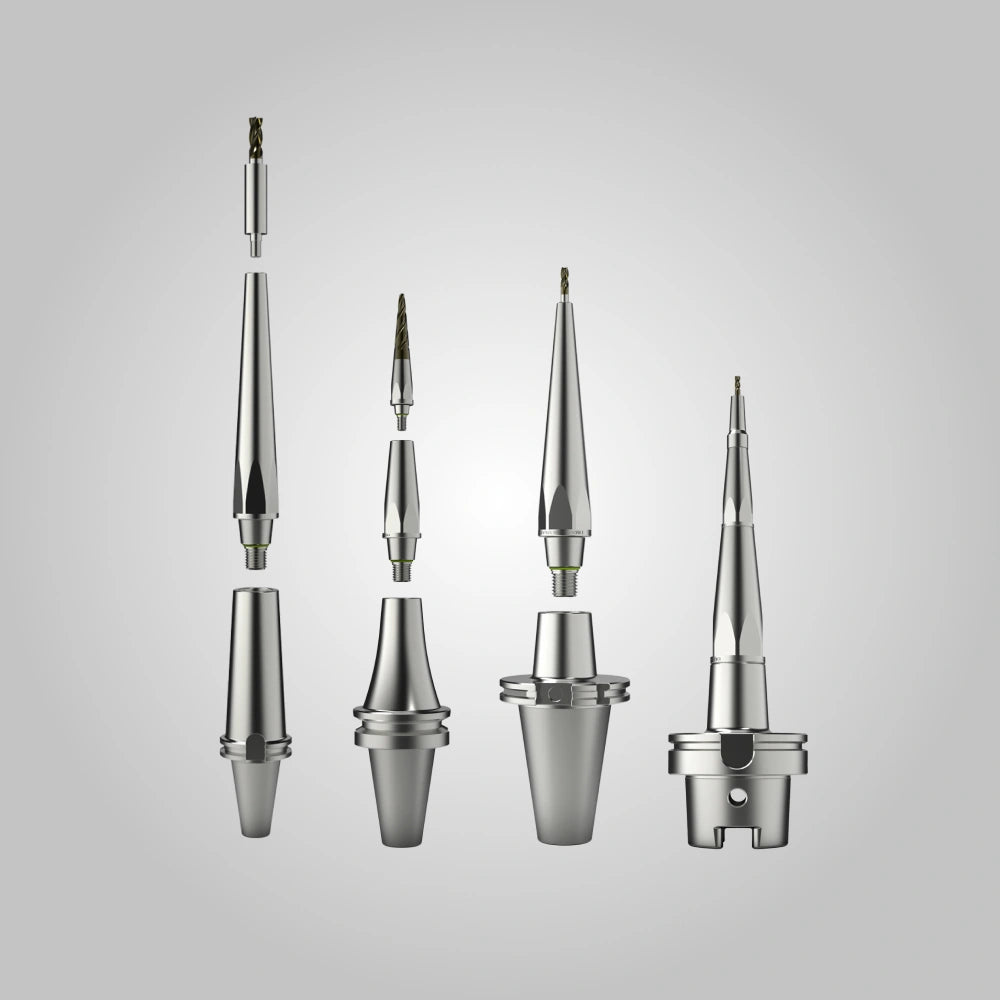
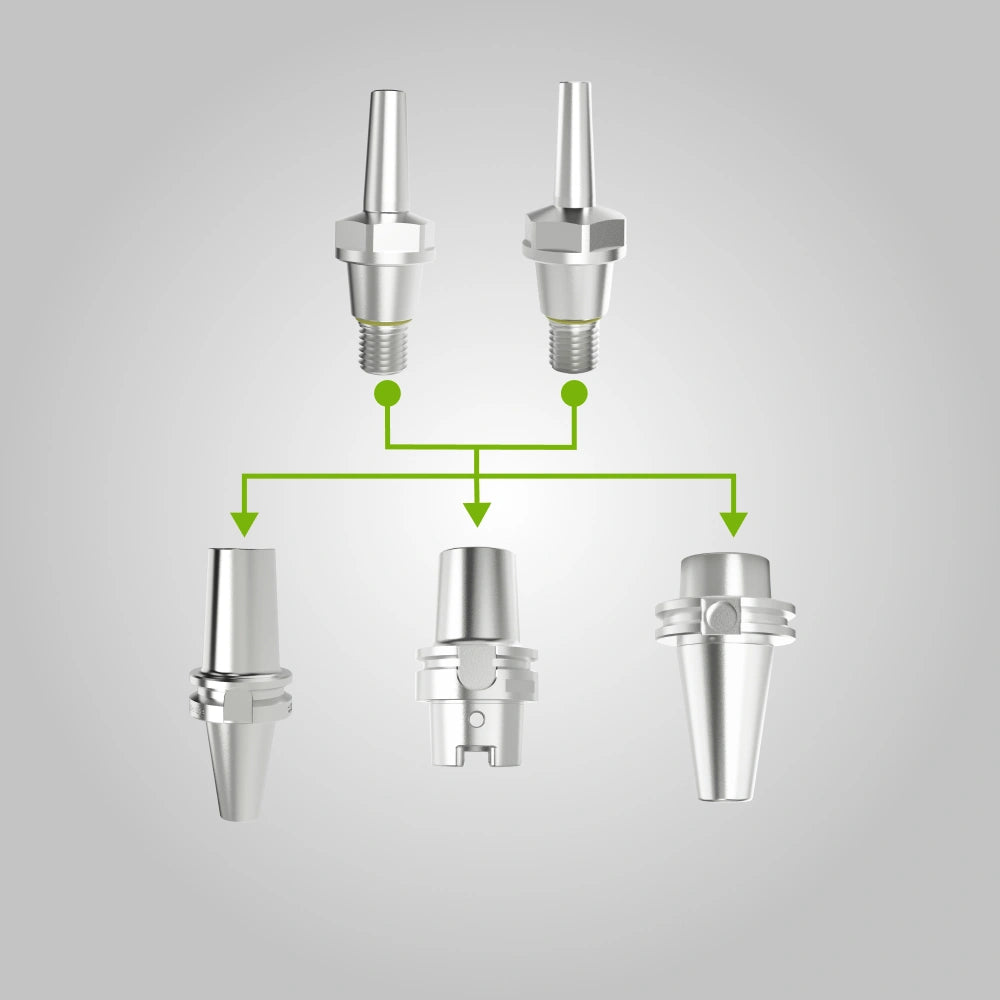
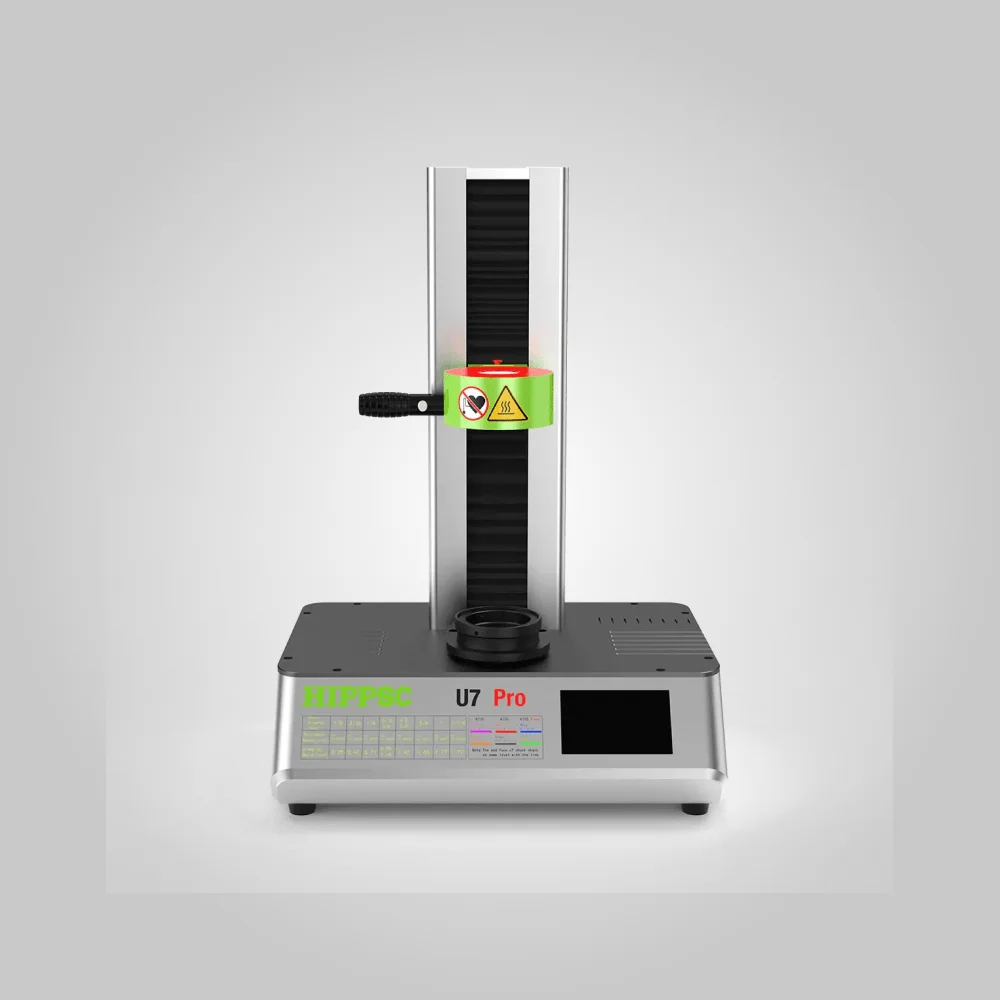
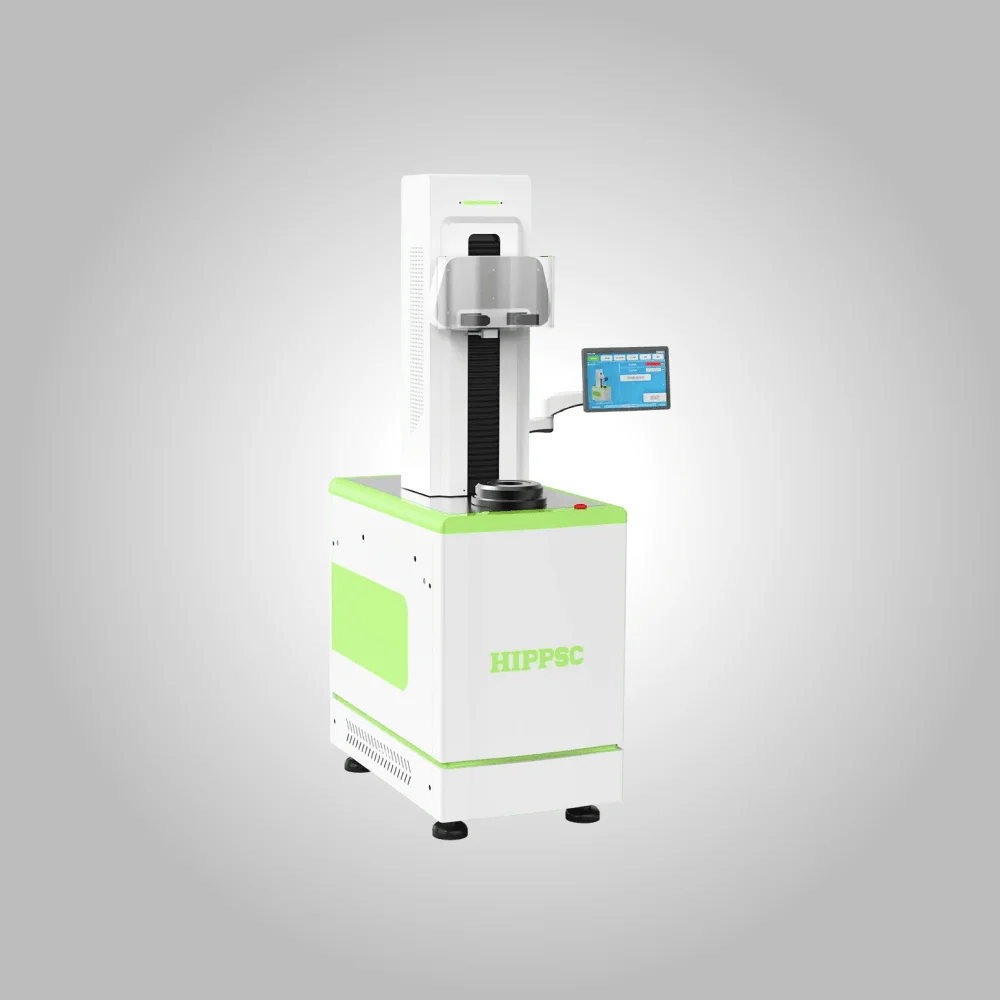
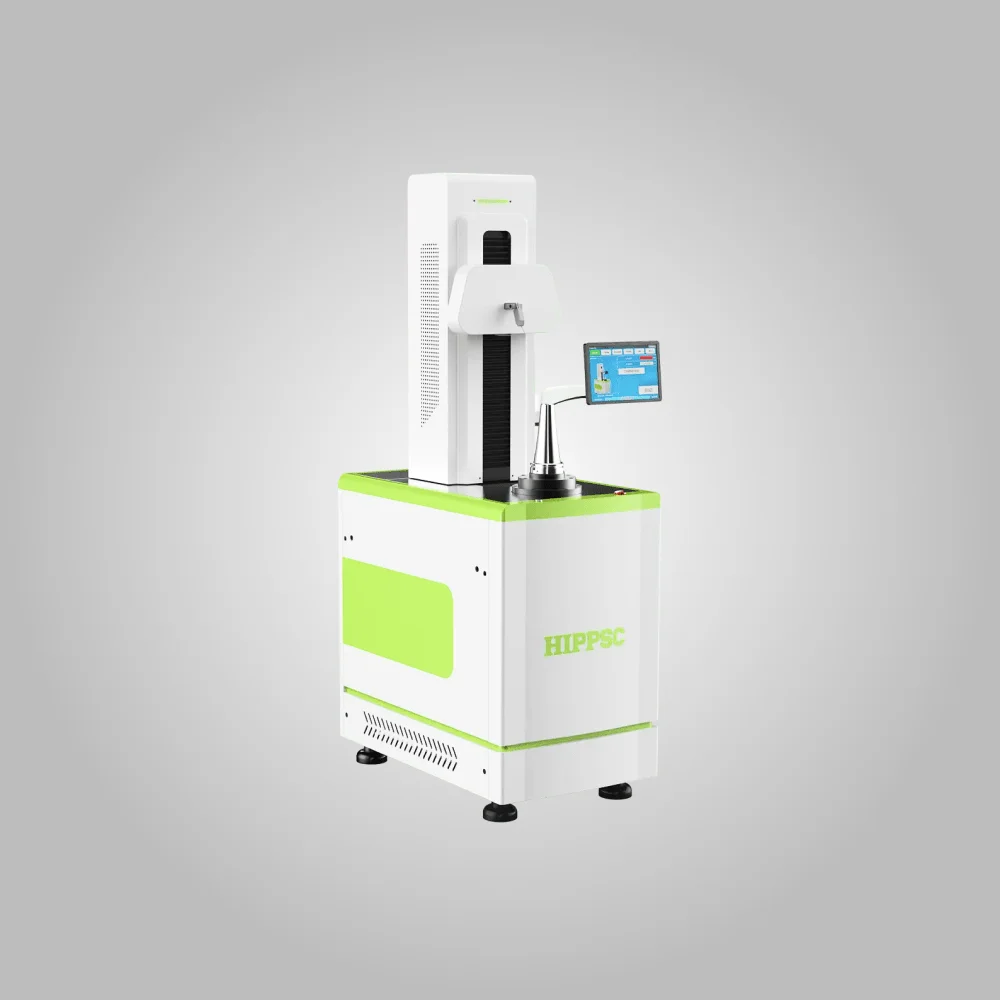
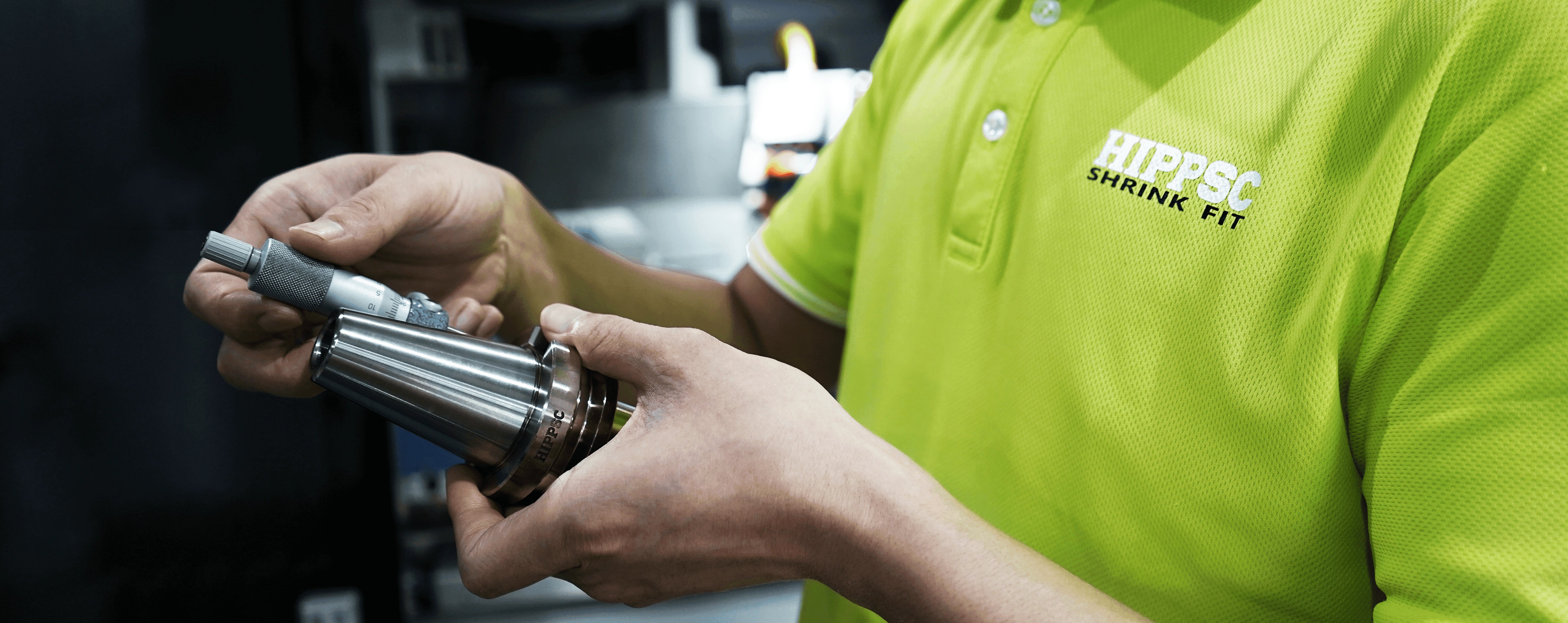
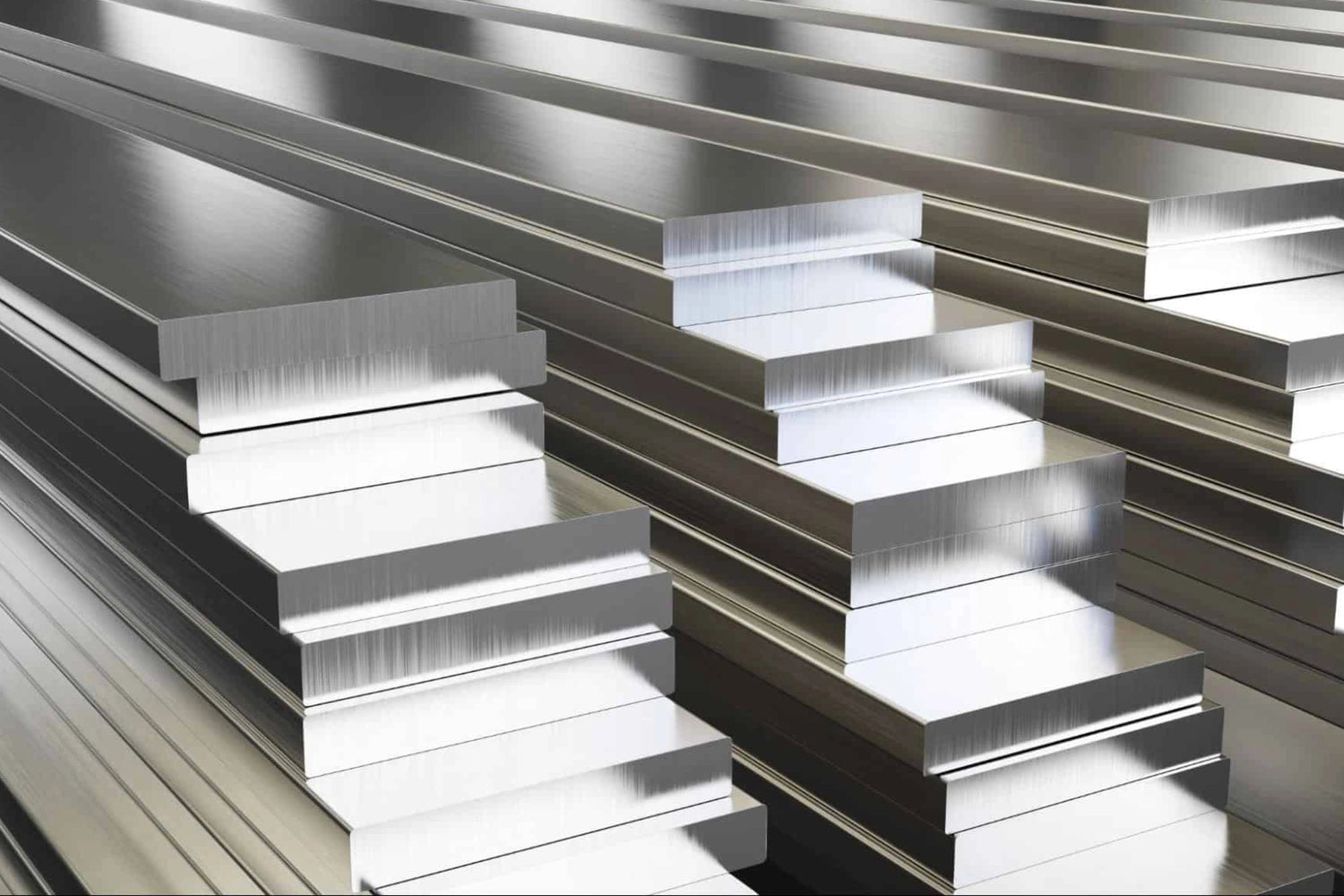

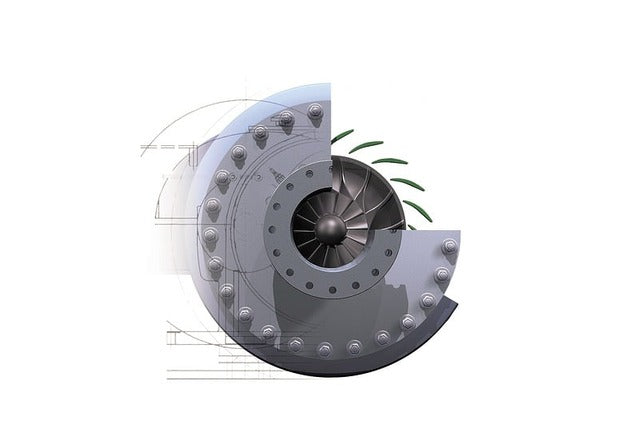
Leave a comment
All comments are moderated before being published.
This site is protected by hCaptcha and the hCaptcha Privacy Policy and Terms of Service apply.